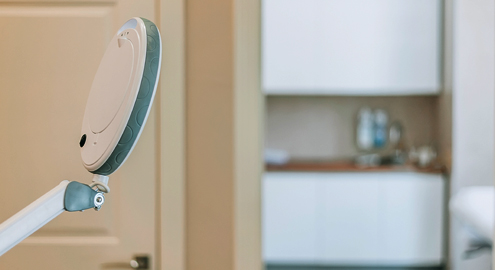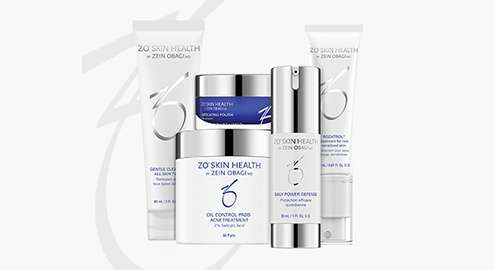If You Hate Those Little Unwanted Hairs, It’s Time to Try Triton Laser Hair Removal

If you think that shaving is inconsistent, tweezing and threading are painful and waxing hurts; you may want to consider Triton laser hair removal, especially when unwanted hairs tend to stay around like an annoying itch. Furthermore, laser hair removal destroys hair follicles below the skin and temporarily disables hair growth and hair production.
What is Laser Therapy?
It is a non-invasive therapy where doctors direct high-heat lasers to heat up and destroy hair follicles. These lasers are hot enough to burn the follicles but they lack the threshold temperature that may cause any damaging inflammation.
Laser Hair removal has been commercially available to patients for over 25 years, but the technology and methodology of the treatment have improved manifold. Presently, the American Association of Dermatology (AAD) advises patients to seek treatment from a certified dermatologist and lists the following areas for laser hair removal:
- Back
- Shoulders
- Chest
- Bikini Line
- Face, excluding the areas around each eye.
Lighter skin tones and darker hair patients have been observed to show the best results for this type of hair removal. Moreover, the therapy can be conducted within quick sessions on any given day.
Is it Permanent?
Laser Hair removal is the most long-lasting solution for hair removal but it is not permanent. It is possible that hair follicles do not regenerate over a lifetime, but most patients have expressed regrowth of hair after many years. Fortunately, the new hair is finer and lighter. A patient can have better results by going for multiple hair removal sessions. Areas of the face and bikini line can be treated within minutes but large areas on the back and shoulders may take more than an hour.
What Happens After the Removal?
A majority of patients can resume their day immediately while some may require the administration of an anesthetic or topical gel for pain relief. This may be because of the higher sensitivity of the skin to laser treatment which results in temporary redness and some pain.
Are Follow up Sessions really needed?
If you are absolutely certain that you want prolonged or permanent removal of your hair, follow up sessions can help reduce the number, thickness, and shade of regrown hair with every session. Typically, 4 to 6 therapy sessions are enough to maximize the outcomes of hair removal but many individual patients have been known to achieve the same in more or fewer sessions. It is also advised that the patient keep a gap of 6 weeks between sessions, especially if he/she changes the dermatologist before a follow-up session.
The only concern for the patient can be the budget of a laser hair removal session, but if one considers the 5-year costs of shaving or waxing, laser therapy always emerges as a huge bargain over all the rest.







